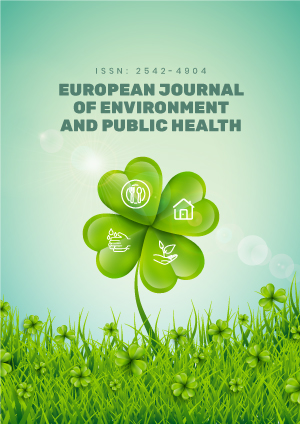Abstract
While scholars and authorities have come to extol the effectiveness of social distancing practices (SDPs) in curbing the exponential growth of coronavirus disease 2019 (COVID-19) infection, it is interesting to know how people practice them in the real situation. Thus, the overall objective of this paper is to describe the SDPs of residents in a Philippine region with a low risk of COVID-19 infection. Following the descriptive research design, it employed an online survey method and qualitative content analysis. The result showed that the residents generally follow a combination of different SDPs. They practice the recommended distance; express verbal cues to remind others; convey implied signals to motion others; select time to perform errands; choose places to perform errands; exercise metacognitive skills; greet without physical contact; prefer virtual activities; avoid touching objects; use objects of third party; utilize protective items; and stay out of the external environment. It is suggested that the multidimensional impacts of these SDPs should be further explored considering the ongoing COVID-19 crisis.
Keywords
License
This is an open access article distributed under the Creative Commons Attribution License which permits unrestricted use, distribution, and reproduction in any medium, provided the original work is properly cited.
Article Type: Research Article
EUR J ENV PUBLIC HLT, Volume 4, Issue 2, 2020, Article No: em0057
https://doi.org/10.29333/ejeph/8455
Publication date: 06 Aug 2020
Article Views: 8506
Article Downloads: 16916
Open Access References How to cite this article
 Full Text (PDF)
Full Text (PDF)